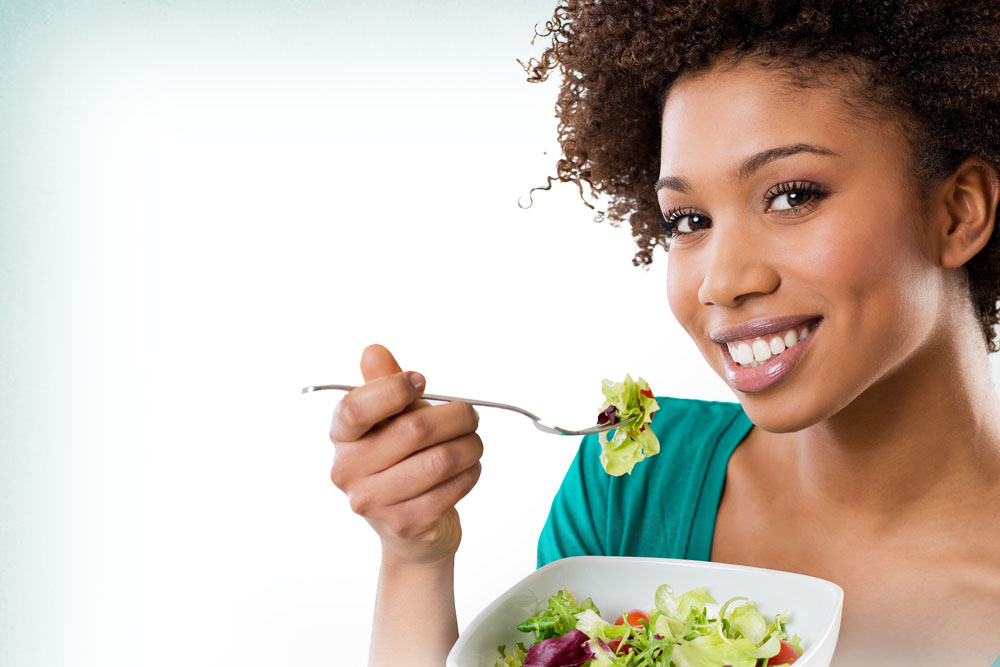

By Danny Kwon
Lately, you’ve probably been hearing a lot about the gut microbiome and how it needs to be healthy for our bodies to operate at optimum. When we talk about the health of the gut, we’re talking about the good and bad bacteria and organisms living in the microbiome of the gut.
How do guts get healthy, or unhealthy, in the first place?
The food we eat daily contributes to our microbiome and feeds the good and bad bacteria. The key ingredient to creating a healthy gut is fiber.1 With plenty of fiber, good bacteria abound. Without it, unhealthy bacteria take over, contributing to ill health. In our processed food society, our meals are designed to be as tasty as possible, which means not too much fiber is found in most processed foods or restaurant food. Instead, processed foods fill our gut with unnecessary fillers, chemicals, and preservatives
Last Generation is a magazine for people seeking spiritual answers to the current issues of our times.
Your subscription will give you:
*Digital-only subscriptions also available
“Fiber, The Best Kept Weight Loss Secret,” Life & Health Network, Nov. 15, 2012.
“High-Fiber, Whole-Food Dietary Intervention Alters the Human Gut Microbiome but Not Fecal Short-Chain Fatty Acids,” mSystems, Mar. 16, 2021.
Ibid.
“UCI ‘Fiber Force’ Study Finds High-Fiber Diet Brings Significant Changes to Human Gut Microbiome,” Charlie Dunlop School of Biological Sciences, Mar. 25, 2021.
“NYAS Publications,” Annals of the New York Academy of Sciences 1461, no. 1 (n.d.): 37–52, accessed Feb. 28, 2025.
“Psychobiotics: Your Microbiome Has the Potential to Improve Your Mental Health, Not Just Your Gut Health,” BBC Science Focus Magazine, Nov. 21, 2019.
“How Does Your Gut Health Affect Your Skin?,” Canadian Digestive Health Foundation, Aug. 30, 2022.
“Gut Microbiome Diversity Is Associated with Sleep Physiology in Humans - PMC,” PLoS ONE 14, no. 10 (n.d.), accessed Feb. 28, 2025.
© Shutterstock.com
Danny Kwon, JD, is the executive director of Life & Health Network.